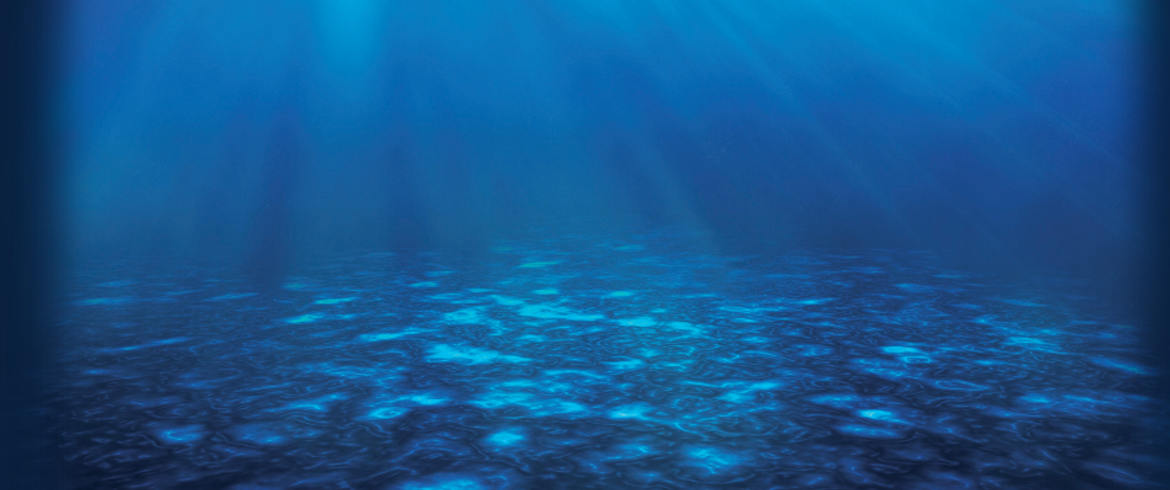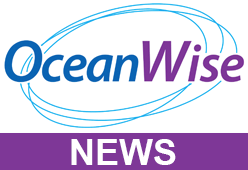The UK Hydrographic Office has announced the phased withdrawal of its paper charts to conclude in late 2026. This withdrawal includes digital facsimiles of its paper charts known as raster charts. As a consequence of this announcement, OceanWise is urgently considering how best to support users that use its Raster Charts and Raster Charts XL products and services, including developing alternative raster charts from the company’s holding of vector data or acquiring these from another source.
The users of OceanWise’s marine mapping products and services generally fall into two camps:
- Users that require mapping to support situation awareness, marine planning and spatial analysis e.g. for offshore development including site and route selection, and
- Users that require a ‘backdrop’ that is familiar to mariners, fishermen and recreational users for consultation purposes e.g. to illustrate the proposed location of a wind farm
For the first group of users then OceanWise is encouraging them to start using OceanWise’s Marine Themes products and services, which provide a much more comprehensive, accurate and flexible ‘map’ of the marine domain when compared to a paper chart or its raster equivalent (see our Mapping Buying Guide). If you have any questions regarding, or require help, moving over to Marine Themes from Raster Charts or Raster Charts XL then please do contact us.
For the second group of users, the answer is more complex. As the ubiquitous Admiralty chart starts to disappear then its familiarity will start to diminish and hence the argument that consultees require a map – or chart – that they understand will also diminish. This begs the question, what will they be using day to day instead? Imray for example has announced that the publisher has no plans to withdraw paper charts, with a focus on the leisure and small craft sector i.e. the sectors that make up a large portion of consultees. So, Imray charts may replace Admiralty charts for these users. Alternatively, many recreational users already use the vector charts from so called ‘private producers’ such as Navionics, so the uptake of these and the apps required to access them may increase.
In conclusion, OceanWise is watching very carefully and is particularly interested in hearing from the second group of users as to which direction the market may go. At the same time, we are in discussion with alternative suppliers and looking at our current vector workflows in order to create a raster equivalent ourselves, so please expect further announcements in due course.
Back to News



